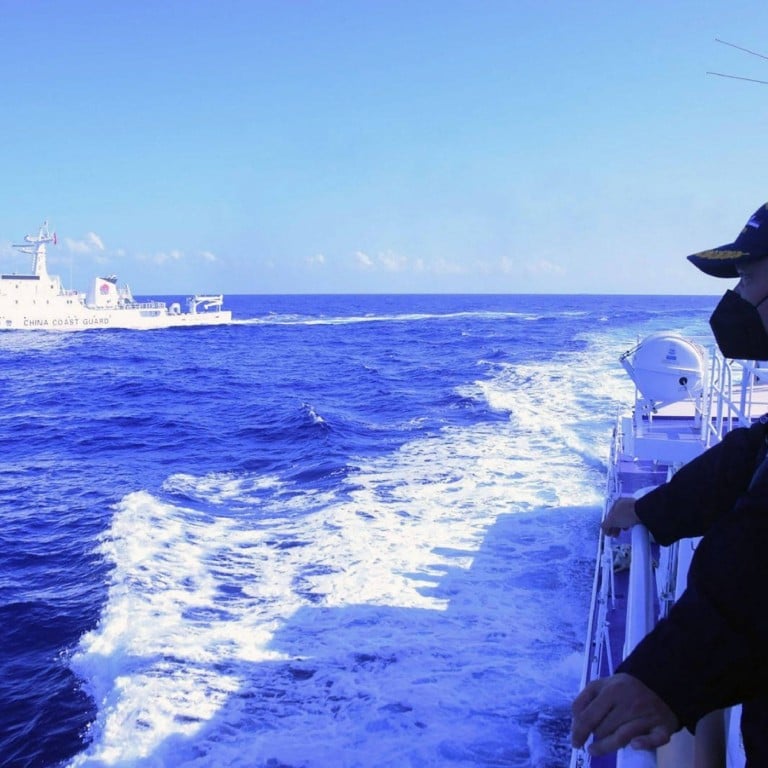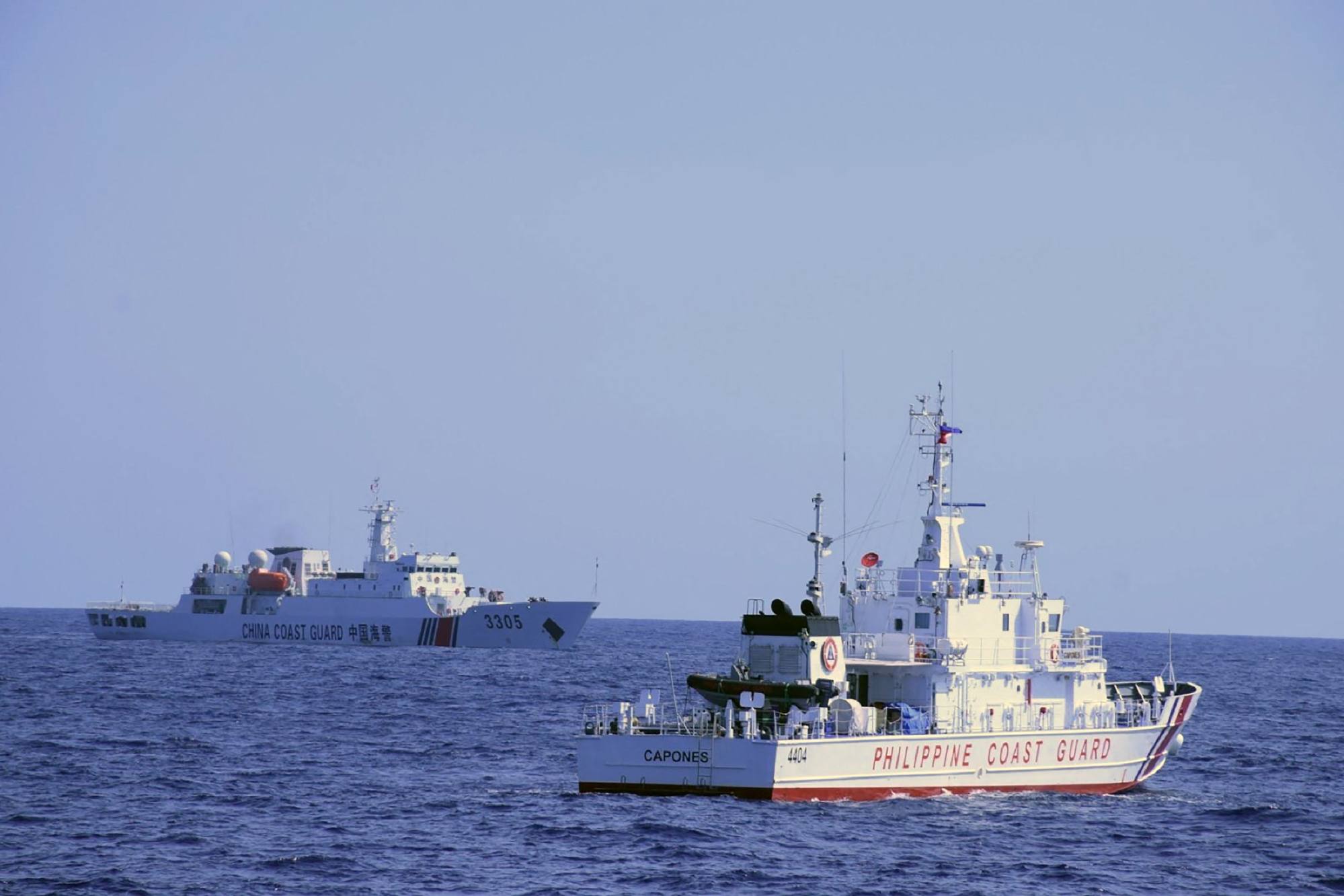
Beijing’s South China Sea boldness puts the Philippines’ foreign policy balancing act under pressure
- An increasing number of Chinese incursions in waters the Philippines claims as its own are only being made public days or weeks after the fact
- Such reporting lags may indicate a desire for discretion – or show that Manila is timing its announcements to raise the stakes against Beijing
Such considerable reporting lags may indicate a shared desire by both Manila and Beijing to manage sea incidents discreetly, even as the Philippines has been vocal in recent years about Chinese activities in its waters while forging a closer bilateral relationship. Manila has filed 241 diplomatic protests against China since 2016 – 183 of which were filed last year alone. But the fact that these incidents were made public does hint at mounting discontent over their repeated occurrence. It also demonstrates how Manila is timing its announcements to garner domestic and international support and raise the stakes against Beijing. Take the March 2 incident for example, when Philippine coastguard vessel BRP Malabrigo, conducting a routine patrol mission in the Scarborough Shoal – known locally as Bajo de Masinloc – had its close encounter. A Chinese coastguard ship with bow number 3305 came within 21 yards (19 metres) of the Philippine vessel, an unsafe manoeuvre in clear violation of the 1972 International Regulations for Preventing Collisions at Sea.
The incident took place near a shoal that Manila considers part of its territory, lying 124 nautical miles off the country’s main island of Luzon and within the country’s western exclusive economic zone. But Beijing, since a tense stand-off in 2012, has had a near-constant presence in the area, leading to occasional brushes with Filipino fishermen and presenting a perennial irritant to bilateral ties.

The Philippine coastguard only got clearance from the inter-agency National Task Force on the West Philippine Sea to publicly release what had transpired almost a month later, on March 27.
That same year, a nighttime mishap involving a Filipino and a Chinese fishing vessel that occurred on June 9 near the disputed Recto (Reed) Bank was not reported until three days later – causing an uproar among the public, as the Philippines was celebrating its 121st Independence Day. But Beijing is getting bolder. Between January 20 and February 1, a Chinese Dongdiao-class electronic reconnaissance vessel with bow number 792 was spotted loitering in undisputed Philippine waters in the Sulu Sea.
The ship was likely observing joint Philippines-US exercises taking place off eastern Palawan. It defied repeated demands by Philippine Navy frigate BRP Antonio Luna to leave the area. While China has been known to monitor US-led naval exercises elsewhere from a distance in the past, the Sulu Sea incident marked the first time China had dispatched a surface ship to monitor such drills deep in Philippine waters.
There may be other explanations for the reporting delays outlined above. For instance, there is a mismatch between the outsized mandates and resource limitations of key frontline agencies like the coastguard and navy, which hampers their ability to investigate and verify information.
Although this is gradually being addressed by continued asset modernisation, and possibly more timely information-sharing with allies, the capacity gap remains huge.
Philippines summons Chinese envoy over ‘illegal intrusion’ in its waters
Well-timed reporting of these incidents helps rally support for the country’s defence build-up, which may well run into headwinds given other pressing economic priorities. It also compels other agencies and even members of the top leadership – including those who have been reluctant to take a tougher line – to reconsider their stance, complicating diplomacy. This balancing act was reflected in Philippine Foreign Affairs Secretary Teodoro Locsin’s trip to China last weekend, when he met his Chinese counterpart Wang Yi.
Philippines’ new leader must keep South China Sea agreement with Beijing: Duterte

